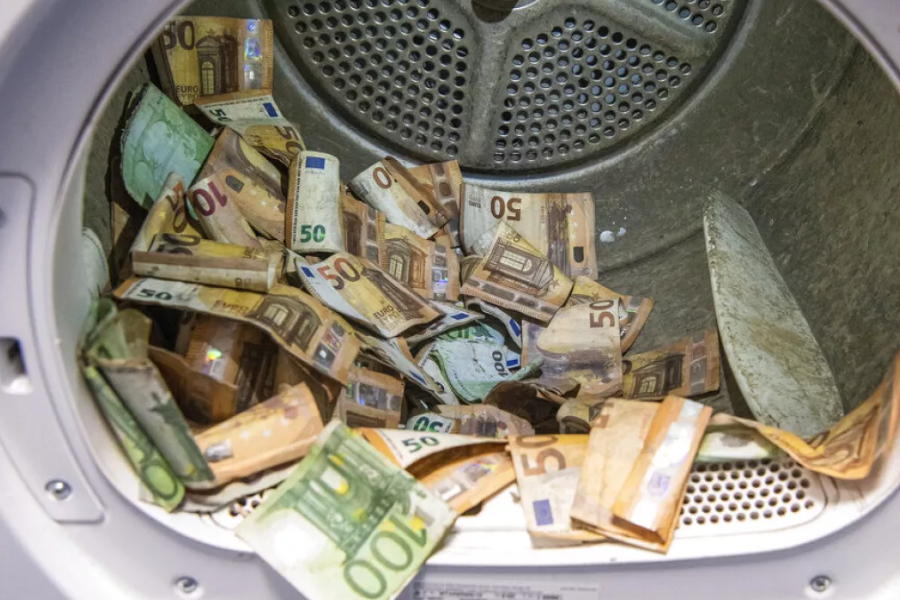
Money Laundering
Top 5 Ways Art Money Laundering Progresses
Not long ago art was only perceived to be a source of enjoyment and therapeutic practice. Fast forward to seeing art pieces as a potential source of facilitating money laundering.
Art has always been viewed as therapeutic. Little did we know that it could be used to launder money as well.
Criminals are always looking for sources to control the flow of money laundering. For this purpose they are keen into finding ways that have the least possibility of them being caught.
The items that are prominently used to launder money in art includes:
- Photos
- Canvas Art
- Paintings
- Antiquities
- Cultural Art
- Digital art pieces
Although, the procedure is frequently associated with the “layering” phase of money laundering. The layering phase occurs when criminals attempt to disassociate the unlawful cash from their source by engaging in numerous transactions in various markets and international borders too.
Art money laundering becomes a suitable option for money launderers because of its unique traits, such as unidentified users, high value transactions, and lack of rigorous regulation, making it a prime target for criminals seeking to make their illicit gains appear legitimate.
How Does Art Money Laundering Work?
Purchase of Art with Illicit Funds
Usually, the process starts with a criminal buying expensive artwork using funds obtained from illicit acts like drug trafficking, fraud, or embezzlement. Making this first purchase is the first move in turning black money into what appears to be a respectable asset.
Inflation of Art Value
After the artwork is purchased, there are a number of ways to artificially increase its value. One popular tactic is to utilize shell corporations or conspire with art dealers to make a string of fictitious bids in private sales or auctions. The criminal can considerably raise the artwork’s perceived worth and use it as an even more powerful tool for money laundering by controlling the sale price.
Resale of Art
The artwork must then be re-sold frequently through a complex series of transactions. Finding the original source of the funds gets harder and harder with every transaction. This could mean selling the artwork in other countries, using middlemen, or having covert sales that are kept out of sight.
Integration into the Legitimate Economy
In the end, the revenue of selling the artwork is deposited as a legal income into bank accounts.
By following this method, the illegal funds are successfully laundered and introduced into the legal economy.
As the criminals get clean money it can then be used for personal gains.
Key Characteristics Facilitating Art Money Laundering
Here are some of the prominent characteristics due to which the art galleries and high net worth pieces are favorable to launder money:
- High Net Worth Transfers
Popular crafts made by artists launder enormous amounts of cash by selling a piece for more than it’s worth.
This process facilitate the laundered in In such a way, launderers can make a single transaction easily and can clear out a lot of dirty money.
- Subjective Valuation
In contrast to markets that are more transparent like stocks or real estate the absence of genuine valuation in art markets makes them more prone to money laundering.
- Lack of Visibility and Transparency
Art markets are highly unregulated. There are barely any regulations pertaining to art regulations and how AML compliance must be ensured in that industry.
Large number of transactions happen through confidential art deals where information about buyers and sellers remain anonymous.
- Global Overview of Art Market
The high-net worth of art assets is the reason why money launderers take advantage of variations in legal and regulatory systems among different countries.
Steps to Combat Art Money Laundering
Having a significant understanding of how money laundering operates in art markets, let’s get into understanding what could be the possible way to stop criminals from laundering.
- Enhanced Due Diligence
Buyers and sellers of the Art industry sought to embrace severe Know Your Client (KYC) and (AML) measures. This incorporates confirming the characters/identity of purchasers and dealers, evaluating their financial profile, wellsprings of assets, and checking exchanges for dubious action. Improved level of checks guarantees that the art market isn’t taken advantage of by crooks.
- Transparency in Transactions
Promoting transparency in transactions of the art market is essential. Transparency encourages or mandates the disclosure of buyers’ and sellers’ identities in all art sales to achieve this goal. These checks make it harder for criminals to hide behind anonymity and create complex financial trails.
- Regulatory Frameworks
Art markets can help prevent money laundering by establishing and enforcing market specific regulations. This strategy may involve mandating art dealers and auction houses to report high-value transactions, implement AML programs, and conduct regular audits. Effective regulation provides a more transparent and accountable market.



